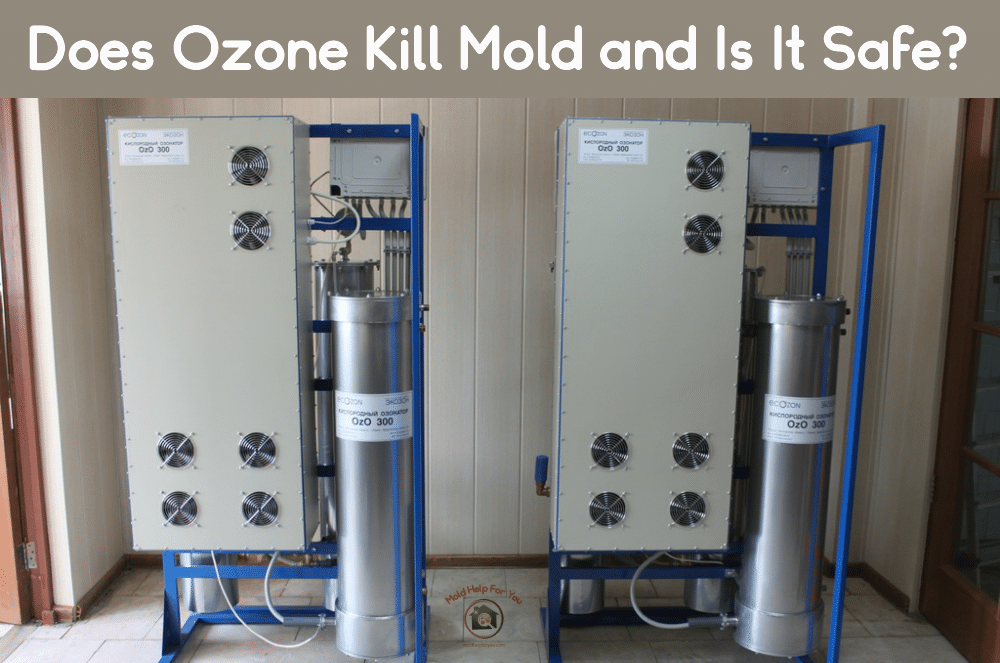Ozone and Mold Remediation
Yes, ozone can kill mold. Ozone (O3) is a highly reactive gas that oxidizes and destroys mold spores, mycelium, and the microbial volatile organic compounds (MVOCs) responsible for musty odors. It achieves this by disrupting the cellular integrity of the mold organisms.
How Ozone Affects Mold
Ozone acts as a potent antimicrobial agent through oxidation. When ozone molecules encounter mold, they release an oxygen atom that breaks down the mold's cell wall. This oxidative process damages the cell structure, leading to the inactivation and death of the mold organism.
Effectiveness and Limitations
- Surface Sterilization: Ozone gas can effectively kill mold spores on exposed surfaces and in the air. Its gaseous nature allows it to reach areas that might be difficult to access with liquid cleaners.
- Penetration Issues: Ozone's ability to penetrate deeply into porous materials (e.g., wood, drywall, insulation) where mold colonies are well-established can be limited. Mold embedded within these materials may not be fully eradicated.
- No Residue Removal: While ozone kills mold, it does not remove the dead mold spores or the allergens and toxins they may contain. Physical cleaning and removal of mold-contaminated materials are still necessary post-treatment.
- Does Not Address Moisture Source: Ozone treatment does not resolve the underlying moisture problem that caused the mold growth. Without addressing the source of moisture, mold will likely regrow.
- Concentration and Time Dependent: Effective mold destruction requires specific ozone concentrations maintained for an adequate duration. These levels are significantly higher than what is safe for human or animal exposure.
Safety Considerations
Ozone is a toxic gas and a powerful lung irritant at high concentrations. The levels required for effective mold remediation are hazardous to humans, pets, and plants.

- Unoccupied Spaces Only: Ozone treatments must be conducted in unoccupied, sealed-off areas. People, pets, and plants must be removed before treatment begins and until ozone levels have safely dissipated.
- Material Degradation: Prolonged exposure to high ozone concentrations can degrade certain materials, including rubber, plastics, fabrics, and some metals. It can also damage artwork and electronics.
- Professional Application: Due to the health risks and the need for specialized equipment to generate and monitor ozone levels, treatments should ideally be performed by trained professionals.
Conclusion
Ozone can be an effective tool for killing surface mold, airborne spores, and neutralizing mold-related odors as part of a comprehensive mold remediation plan. However, it is not a standalone solution. Proper mold remediation also involves:
- Identifying and eliminating the moisture source.
- Containing the affected area.
- Physically removing mold-contaminated porous materials.
- Cleaning and HEPA vacuuming all affected surfaces.
Relying solely on ozone for mold remediation is generally insufficient and may pose significant health risks if not managed correctly. It is best used as a supplemental treatment by professionals.









